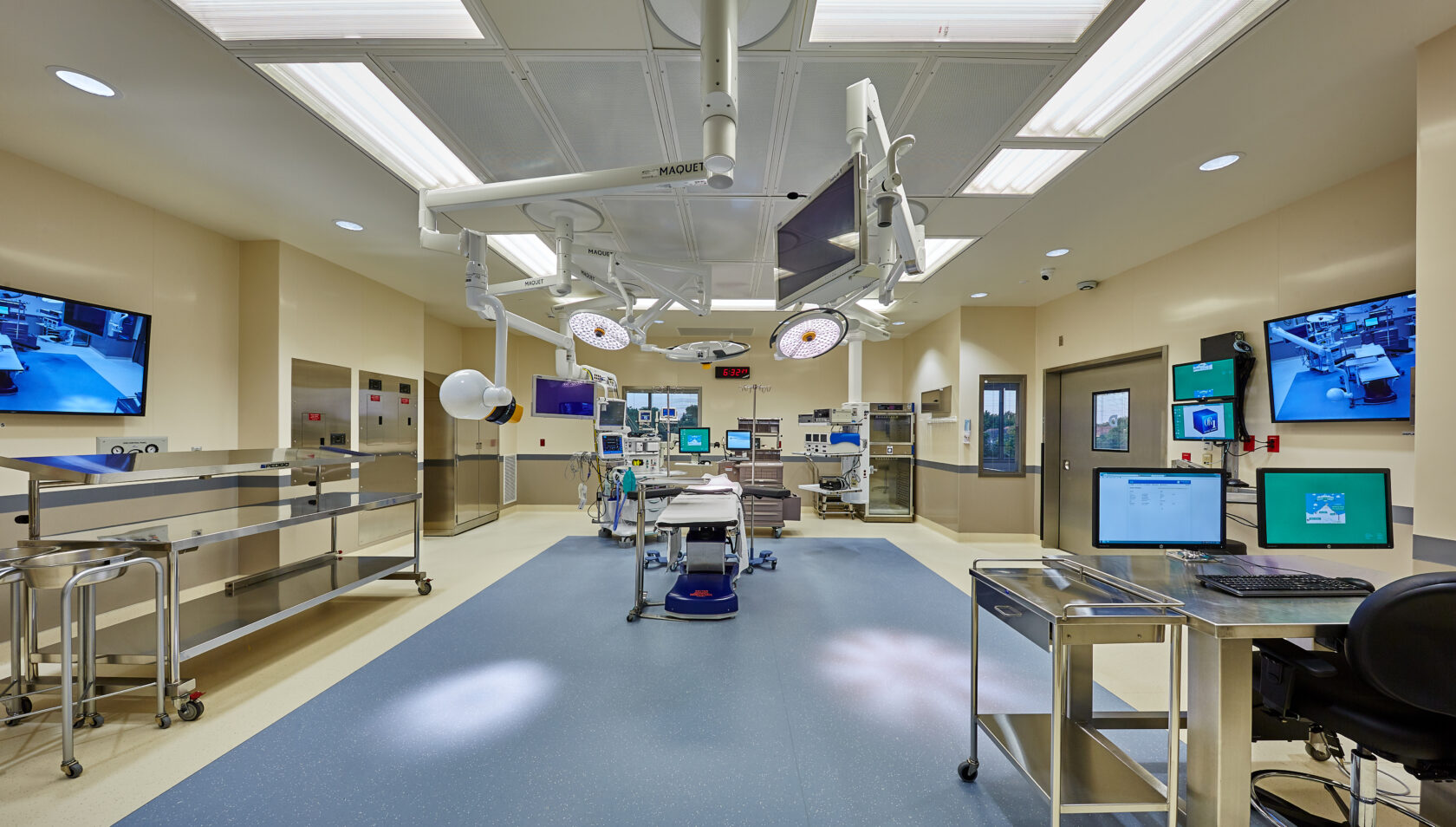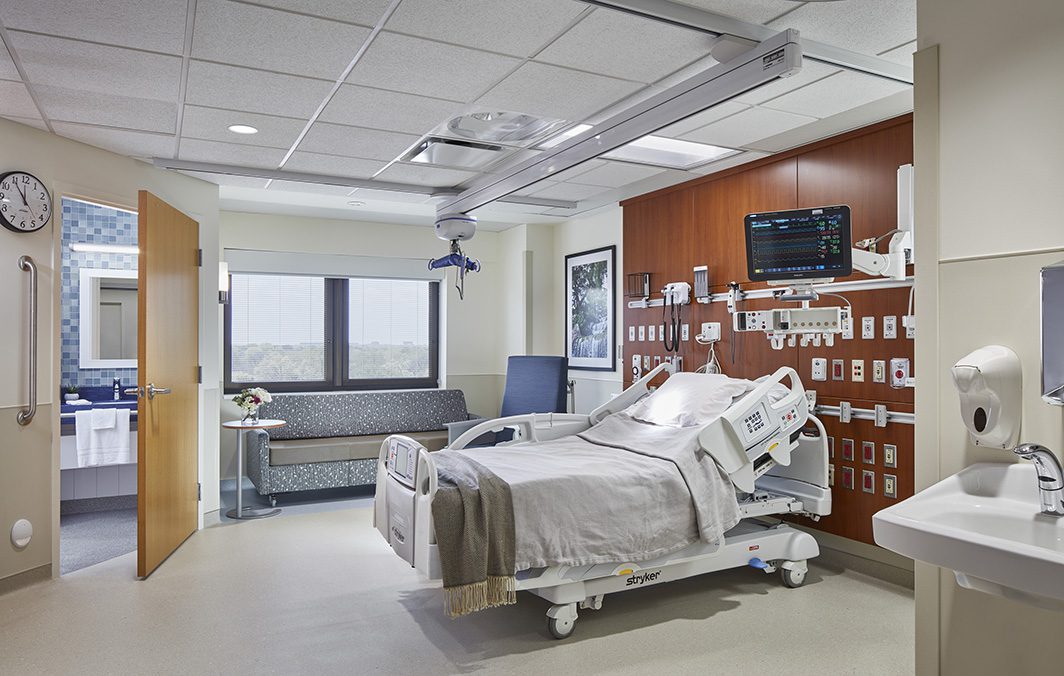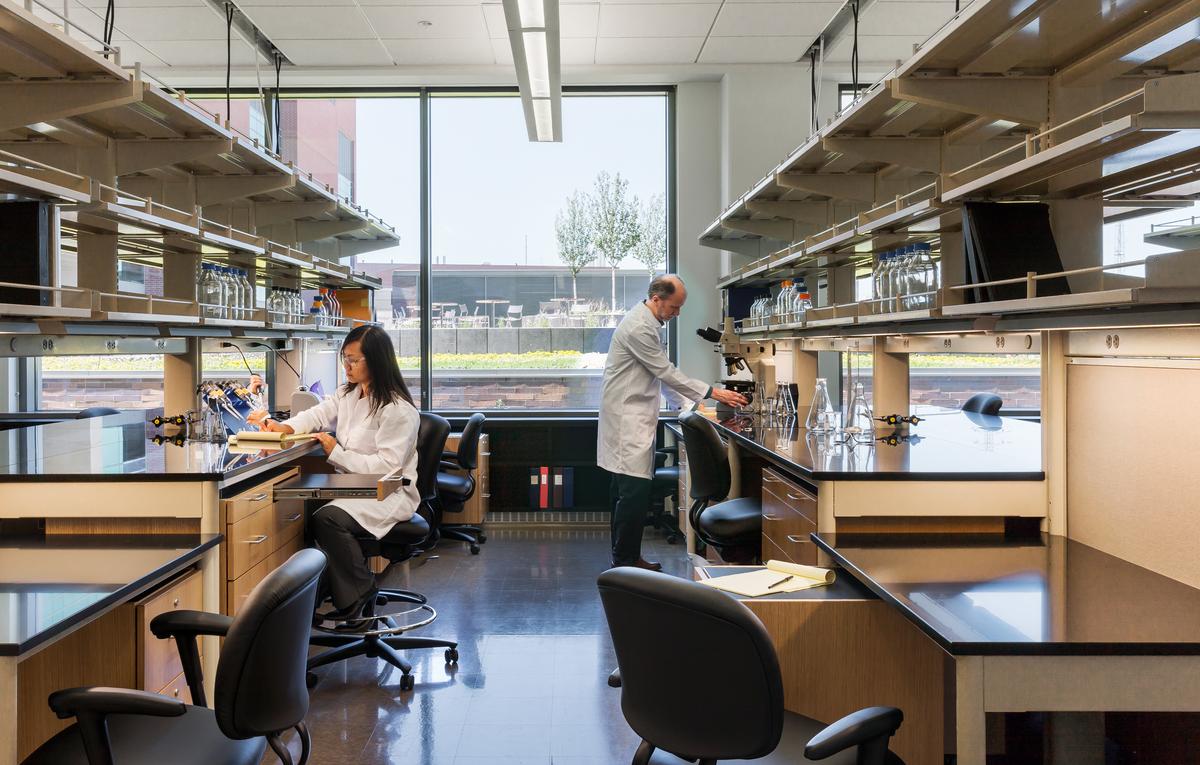News & Insights
Engineering solutions for aging healthcare facilities
Healthcare projects are the most expensive building types and operations today. Improving how the building works and ensuring that the long-term operation is efficient pays dividends that matter. This article highlights how Salas O’Brien is helping facility managers and hospital administrators improve performance and save money.
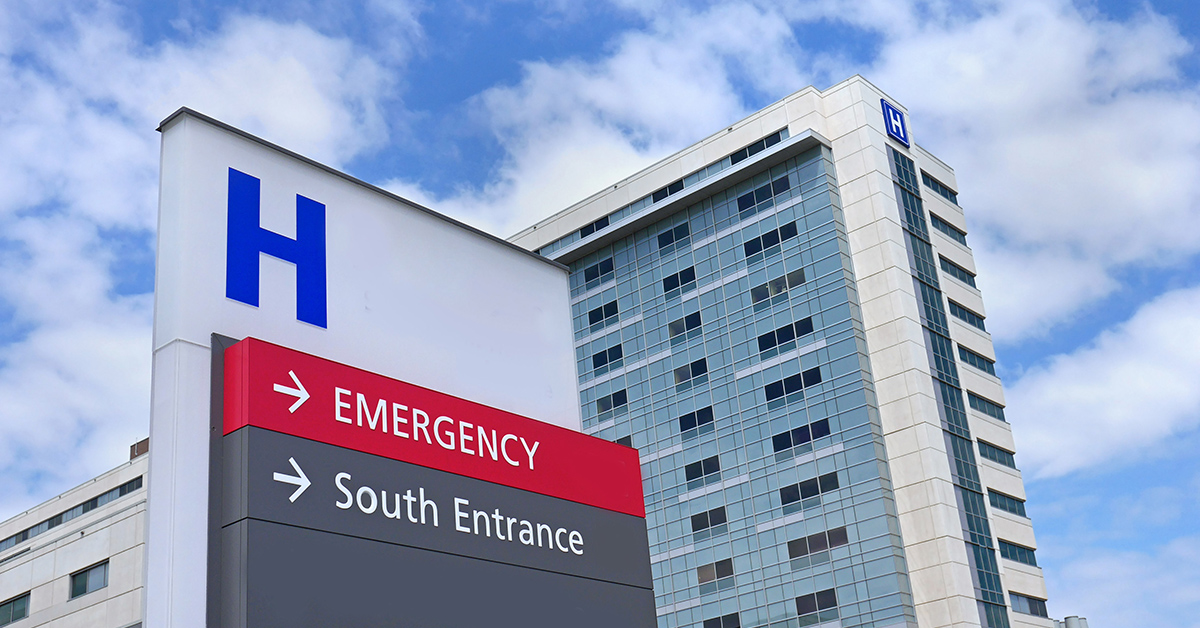
7 elements to improve performance and reduce operational costs
As healthcare facilities age, administrators and facility managers encounter a range of challenges where solutions often present like a Rubik’s cube: get one square in the right place, and all the other squares move.In healthcare renovations, technical expertise in hospital infrastructure operations, codes, and standards is imperative. However, just as important is the ability of the engineering team to maintain an empathetic perspective to identify the relevant stakeholders associated with a particular project and to understand the challenges of the clinical and facility operations teams.
The tensions are usually between equipment performance, reliability, controlling costs, impact on clinical staff, managing revenue, and the top priority—patient care.
In this article, we explore the opportunities and constraints facing hospital facility managers when dealing with aging facilities and focus on wins that can save money and protect uptime.
Deferred maintenance: why it isn’t your fault
Deferred maintenance is a common issue for aging healthcare facilities. The sheer amount of equipment that runs 24/7 is daunting. Even the very best equipment will fall out of optimized performance over time. Add funding constraints, competing priorities, and staffing deficiencies, and the challenge for facility managers becomes exponential.
To add to this context, the critical pieces of large infrastructure, such as boilers, chillers, air handling units, and generators, are often located in “land-locked” areas, making replacement difficult or even impossible. One hospital in Colorado had three boilers on the verge of failure that could only be replaced by removing concrete walls in a sublevel floor. The extensive downtime required to upgrade the units made stopgap measures to keep those boilers running the most effective decision across decades. The result was 70-year-old boilers serving a large hospital. During one summer, all three of their boilers failed simultaneously, creating a critical situation. This failure wasn’t a result of poor maintenance, it was the high cost and limited options for replacing the equipment.
Facilities constantly find themselves asking “can we get a few more years out of this equipment?” On this facility, Salas O’Brien was engaged to develop and evaluate potential options to rectify the boiler plant. The team worked with the hospital to outline critical parameters of success which included: first cost, serviceability, operation cost, reliability, and scalability. The resulting decision was not the lowest cost option, but the option that was best for the operation and security of the hospital for decades to come. This was only possible through a thorough and well-vetted study to justify the additional costs and tying them to the positive project outcomes.
When it comes to upgrades and maintenance, facility managers need partners who understand their world and can bring solutions that minimize downtime and are maintainable. This is where an experienced engineering team can help. By deeply listening to the constraints unique to the building and hospital system, engineers can help define the extent of the problem, not just the most urgent problem at the moment. No one wants to replace an air handler only to end up with filters in a location that are impossible to change. It’s important for engineers to drive a conversation to make sure they are helping the facility solve the right problem. This approach helps minimize risk while ensuring that the facility remains operational.

The big spend: energy costs
Energy costs can be a major line item for healthcare facilities, often representing a notable portion of their budget.
While many healthcare facility managers agree that investing in energy and infrastructure projects can save significant amounts of money in the long run, these projects are deprioritized many times due to high up-front costs, concerns of reliability and downtime, and prioritization of revenue-producing projects such as OR renovations and radiology upgrades.
Many energy and infrastructure projects can be implemented in phases, allowing healthcare facilities to spread out the costs and minimize disruption to operations. Experienced partners with a mindset for long-term, strategic planning can help identify the most cost-effective and practical solutions for a healthcare facility’s unique needs and priorities. There is not a single solution that will make sense every time. Good healthcare engineers will lean in to understand the challenges of a facility and help craft innovative solutions to solve the whole problem, not just the immediate problem.
Hospital operators are constantly running into the capital cost barrier. It’s easy to feel helpless when they know a piece of equipment is failing but the cost to replace it is too large and funding is at a standstill. In many cases, demonstrating potential energy savings in the form of a robust life-cycle cost analysis can be the final push to achieve funding.
A good engineer can help make this business case with the facility manager by helping build an energy plan and life cycle cost analysis either on an equipment level or a campus level. Solutions can range from simple upgrades such as LED lighting and occupancy sensors to more complex systems such as building automation, photovoltaic systems, and energy recovery systems. Building a trusted relationship with an engineering team can result in a holistic approach that looks at the connections between energy, water, products, and operations. By applying multiple strategies together and implementing thoughtfully over time, savings and results can be multiplied.
Overhauling your central plant with minimal downtime
One of the most challenging maintenance issues—which can conversely produce the biggest savings through optimization—is the central plant. Located at the heart of any healthcare facility, the central plant is responsible for providing critical utilities such as heating, cooling, hot water and power throughout the facility and/or campus.
When central plants age, the money saved through optimization and upgrades can be substantial. These can include simple approaches like installing variable frequency drives (VFDs) to improve the efficiency of pumps and fans or require major solutions like adding economizing to a chilled water plant or boiler stack.
Decisions on central plants need to take into consideration financial feasibility and maintenance impacts. Will the upgrades improve preventative maintenance? Will they require additional staff, or will the changes simplify the current approach?
Any change to a central plant can be a daunting project, but with the right approach, it’s possible to minimize downtime and disruption to patient care. This can involve a range of strategies, such as sequenced/phased equipment replacements, utilizing temporary equipment, and implementing detailed planning and coordination.
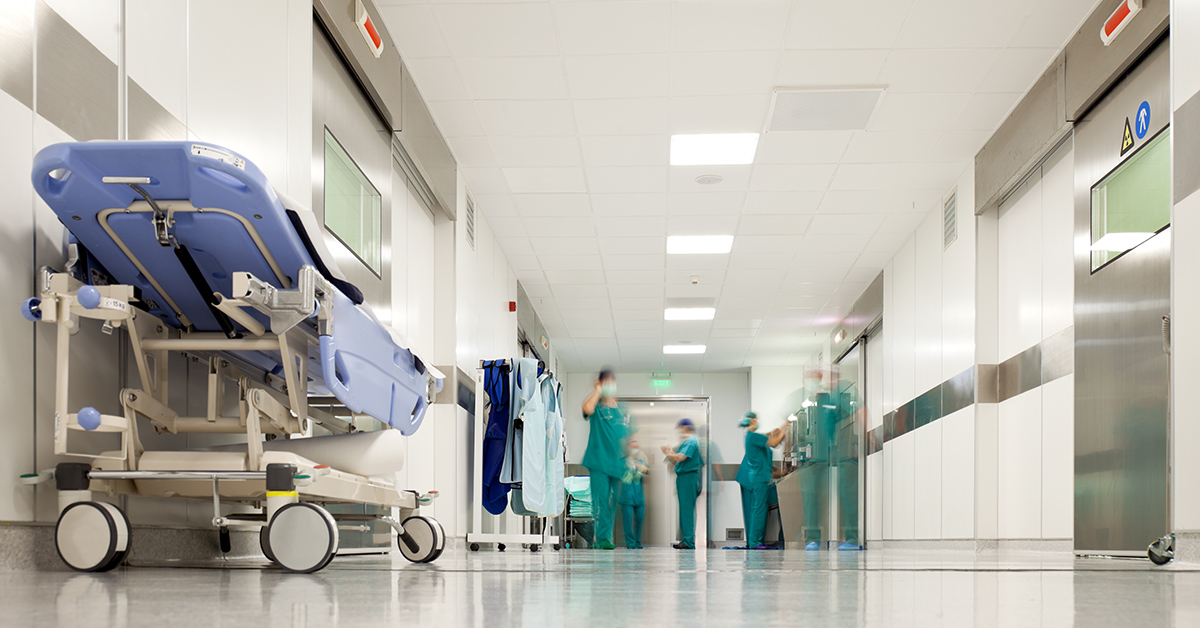
Leveraging data to improve energy efficiency
It’s hard to know how a building is performing until you start measuring. We must define a baseline of current energy usage in order to establish a benchmark by which to measure future improvements. From there, goals can be defined and plans developed to achieve targets aligned with the hospital’s mission for patient care with an understanding of the revenue stream impact.
One of the most effective ways to reduce energy usage and improve efficiency in healthcare facilities is using Building Energy Management Systems (BEMS). BEMS can provide real-time monitoring and control of a facility’s energy usage, allowing facility managers to identify areas of inefficiency and make targeted improvements. For example, BEMS can automatically adjust HVAC systems based on occupancy patterns and weather conditions, reducing energy usage while maintaining optimal comfort levels. Additionally, BEMS can monitor and control lighting systems, ensuring that lights are only on when they are needed and that they are dimmed or turned off when not in use. This system can be leveraged on a local hospital level or on a regional level to provide an understanding of building performance across an entire hospital network.
Even if this type of system is not the right fit for your facility, you can start with the data you do have—like utility bills—to begin to make data-informed decisions. Salas O’Brien can work with you to identify and grow strategies.
Sustainability benefits of upgrading to more efficient equipment
Hospitals have some of the highest energy utilization intensity (EUI) of any non-industrial building type, frequently exceeding 200 kBTU/sf/yr depending on the hospital type and local climate. Many state governments and governing authorities are starting to monitor and drive energy consumption and carbon emission targets for hospitals. Sometimes these requirements are in direct conflict with healthcare codes and requirements that require certain levels of redundancy and reliability.
While many hospitals have already addressed the “low-hanging” efficiency options, the next step toward lower energy operation can often feel overwhelming. The good news is that in most cases, there are still good options that exist that don’t impact hospital reliability and provide a good payback. Good engineers can assist in identifying and developing a business case for these upgrades that can involve continuous monitoring/commissioning through a hospital building automation system, steam trap surveys, or economizer validation. In many cases these cost-effective options can have such a big impact it can take a hospital from average consumption to industry leading.
Salas O’Brien has worked with several clients where the lowest hanging fruit was determined to include the replacement of an aging steam boiler. While boiler replacements can seem daunting to get funding and municipal approval, demonstrating the energy and carbon emissions improvements can often be the final piece that moves a project forward. Salas O’Brien has worked with large hospitals to replace old boilers that have yielded a gas energy cost reduction of almost 40% while also eliminating a major risk to hospital operations for the facility maintenance team.
Move to continuous commissioning
During typical business operations there are often changes that may cause building systems to operate inefficiently and ineffectively. To address these issues, healthcare facilities can adopt continuous commissioning. This ongoing process involves using advanced monitoring to collect real-time data combined with analysis tools to uncover anomalies while collaborating with experienced engineering professionals.
Because continuous commissioning identifies issues promptly, healthcare facilities can take steps to rectify issues in real time decreasing energy waste, lowering utility costs, and prolonging the lifespan of critical building systems. Another benefit to continuous commissioning is that it can aid healthcare facilities in achieving regulatory compliance, through maintaining optimal indoor air quality and temperature control.
Choosing your team to maximize uptime
Choosing the right team is critical when it comes to maximizing uptime during upgrades and renovations. Ideally, this team should include skilled facility managers on the client side who understand the unique needs of patients and staff, as well as experienced engineers who can develop customized solutions to meet those needs. By working together, these professionals can create educated plans that minimize downtime, reduce costs, and improve the overall performance of the facility.
In healthcare renovations, technical expertise in hospital infrastructure operations, codes, and standards is imperative. However, just as important is the ability of the engineering team to maintain an empathetic perspective to identify the relevant stakeholders associated with a particular project and to understand the challenges of the clinical and facility operations teams.
With the right engineering partner, the burden of defining the problem, developing an infrastructure improvement plan, building the business case, and implementing the project doesn’t need to fall on the hospital system. Salas O’Brien is known for these types of long-term, trusted relationships. The team at Salas O’Brien has years of experience, not just as an engineering partner, but as a partner dedicated to building trust through executing turn-key projects from identification to construction completion with a focus on boththe short-term and long-term needs of each client.
Interested in how we can help you with an existing facility? Reach out to John Hauge or Jon Grant to talk about the challenges you are facing in your healthcare facility.
For media inquiries on this article, reach out to Stacy Lake.

John Hauge, PE
John Hauge is deeply experienced in leading building mechanical and plumbing system design and analysis for healthcare facilities. His passion for high-quality work sharpens his focus on the right planning, communication, and processes. John has a BS in Mechanical Engineering from California Polytechnic State University. He serves as a Vice President for Salas O’Brien. Contact him at [email protected].

Jon Grant, PE, CM-Lean
Jon Grant is adept at building strategic teams. A future-forward thinker, Jon takes a people-first approach in both his management style and client work believing that the value is in the relationships that drive the work. Clients trust Jon to help them navigate decisions with high stakes making him a leader in healthcare, commercial, and cultural projects. He has a BS in Electrical Engineering from the University of Illinois at Chicago and serves as a Principal at Salas O’Brien. Contact him at [email protected].
